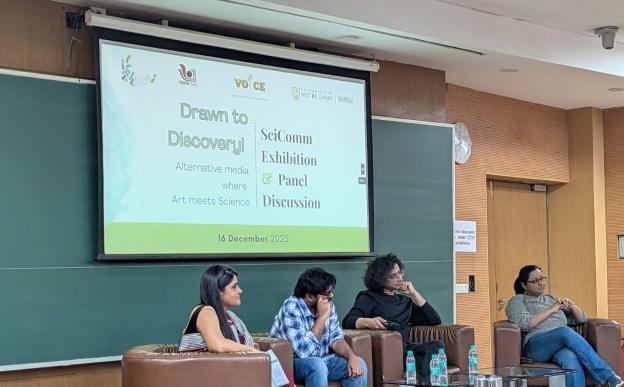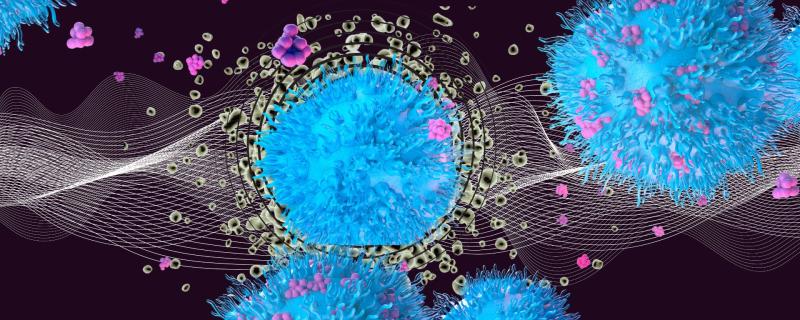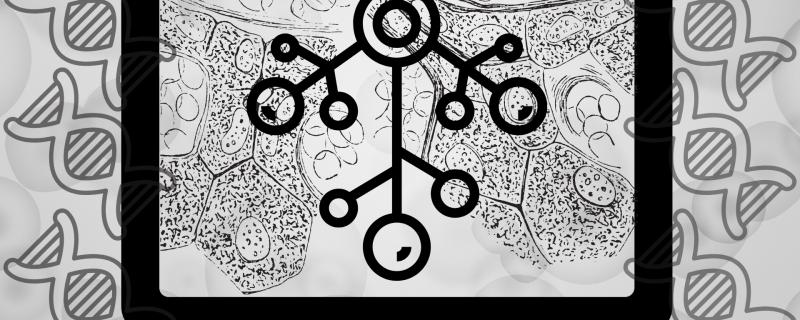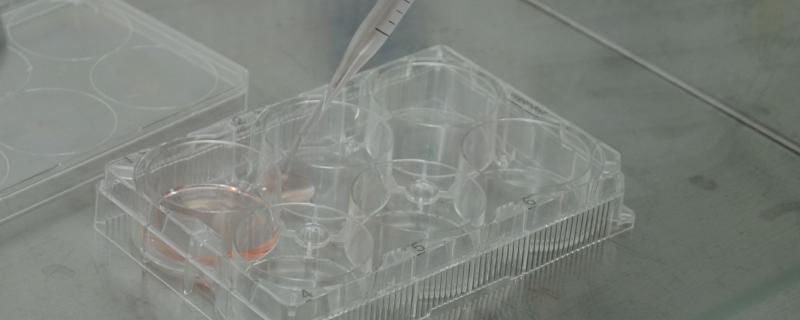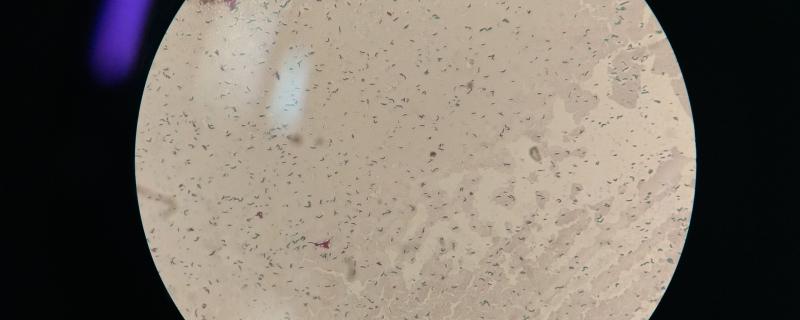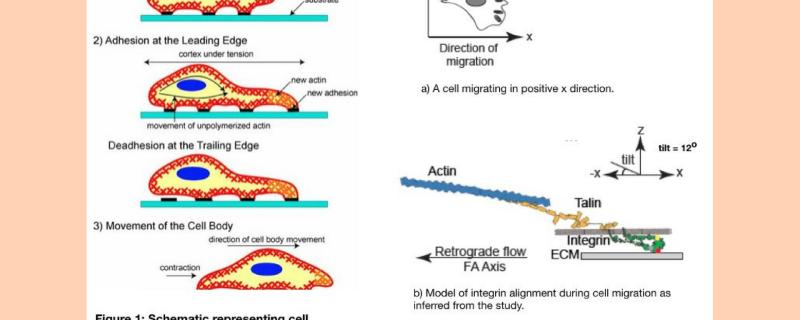Researchers have shown how subtle nanoscale changes to the spacing between cancer cells can enhance ultrasound treatments' effectiveness in killing those cells.
The Indian Institute of Science Education and Research (IISER) Pune on Tuesday launched the VOICE Fellowship 2025
Pune/
